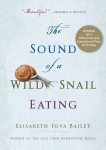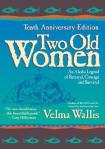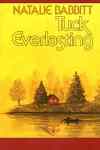
The Reader, by Renoir…
Hello, dear friends. I’m checking in to give you an update on my August reading and some of the things going on in my life right now.
I am back to my reading, although my blogging isn’t back full time. I’m still taking things one step at a time these days, and that’s not a bad way to live. But I’m happy that my focus has improved to the point that I can fully enjoy my reading again. I love my afternoon reading times, but I’ve discovered an early morning time that has also become a favorite time for reading.
August was full of pretty miserable heat and drought here in Oregon, but we finally had some rain and cooler temperatures to end the month. Also at the end of the month, I mustered up the courage to visit some dear friends in Southern Utah and had an absolutely wonderful time. It was my first trip without Byron… but since these were friends that knew Byron right from the beginning of our relationship 54 years ago, it was a very healing trip and Byron was with us in our happy memories shared.
Along with my reading, I’ve been watching as many of the Studio Ghibli films as I can. Byron really enjoyed those films, and so I’ve set up a mini film festival for myself and have had so much fun watching them. I also watched a fascinating 4-part documentary called 10 Years With Hayao Miyazaki, the brilliant imagination behind Studio Ghibli, and learned a lot about his art and his life.
So, the books I read in August:
- Tuck Everlasting, by Natalie Babbitt. Click here to read my review of this book.
- The Sound of a Wild Snail Eating, by Elizabeth Tova Bailey. Beautifully written and I loved it!
- Archer’s Quest, by Linda Sue Park. My interest in Korea continues, and Linda Sue Park writes such enjoyable books about Korean culture and history, and about Korean American life.
- Tales From the Cafe, by Toshikazu Kawaguchi. The second in the “Before the Coffee Gets Cold” series, and I liked the stories in this second book even more than I did in the first book (which I loved).
- The Salaryman’s Wife, by Sujata Massey. I didn’t care for this very much, which was disappointing because I really like her series that took place in India in the 1920s (the first book was The Widows of Malabar Hill.)
- Two Old Women, An Alaskan Legend of Betrayal, Courage, and Survival, by Velma Wallis. This was a reread for me, a terrific story of two elderly women (who were always complaining) left behind by their tribe during a winter of severe hardship. I highly recommend this little book. It’s a treasure!
I hope your August was filled with good books, good films, and good friends, too!
- Rain at the End of August…





































